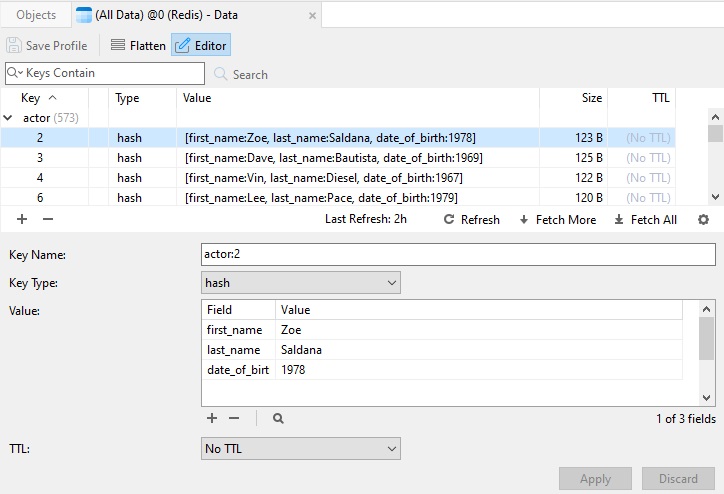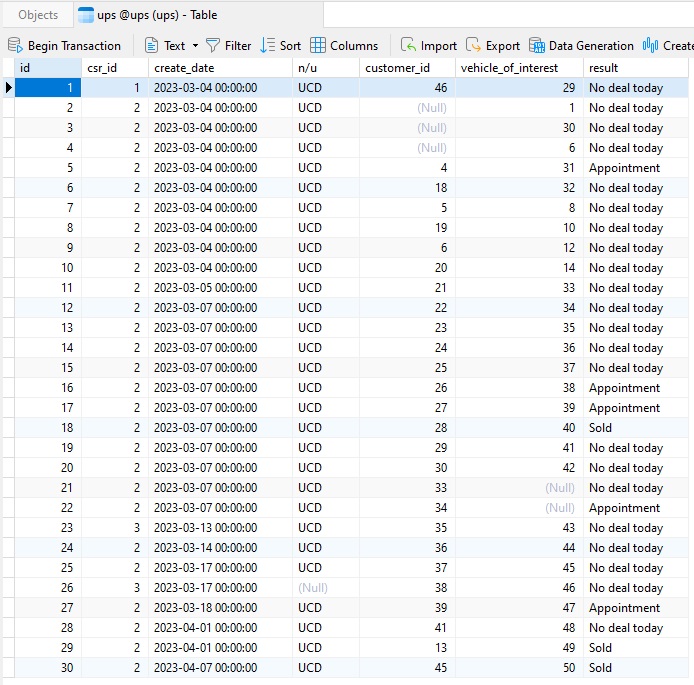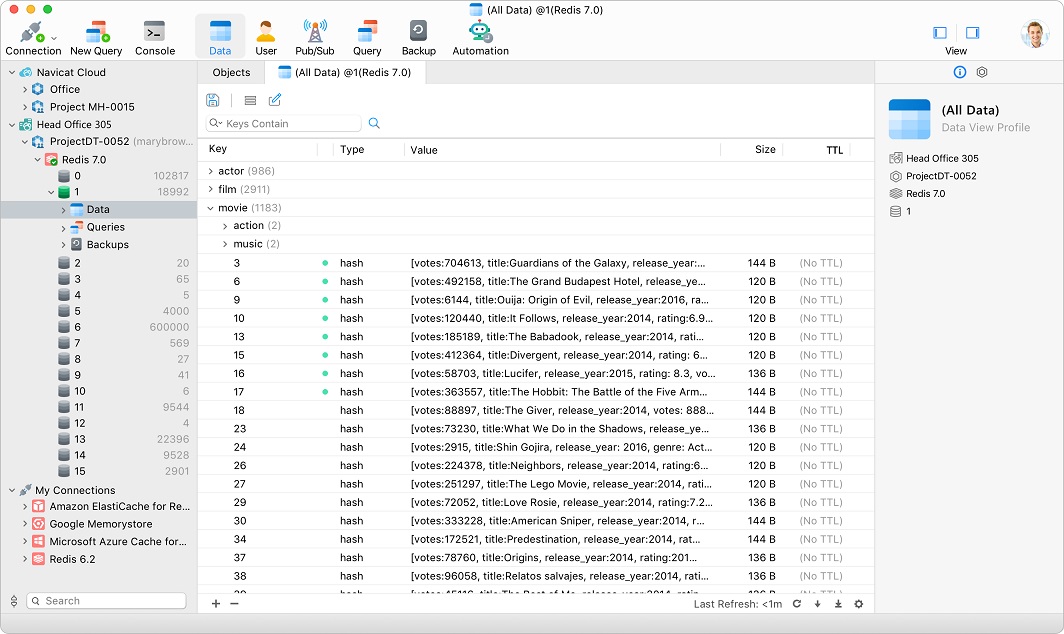When it comes to selecting the right database for your application, the decision often boils down to the specific requirements of your project. Redis, a high-performance in-memory data store, and traditional relational databases such as MySQL, each offer their own strengths and weaknesses. In this guide, we will explore various factors to consider when deciding between Redis and a traditional relational database. For the sake of simplicity, we'll use MySQL as our traditional relational database. Should you decide to go that route, you may want to look at other relational database products such as SQL Server and Oracle.
Data Model and Structure
One of the primary differences between Redis and MySQL lies in their data models. Redis is a key-value store, where data is stored as pairs of keys and values. This simplicity makes it efficient for certain use cases like caching, session storage, and real-time analytics. On the other hand, as a relational database, MySQL allows you to define structured tables with relationships between them.
Hash Data in Redis

A MySQL Table

Consider your data structure and whether a key-value model or a relational model better suits your application's needs.
Performance
Redis is renowned for its exceptional performance, especially for read-heavy workloads and scenarios requiring low-latency responses. Being an in-memory database, Redis stores all data in RAM, providing fast access times. On the other hand, MySQL, while still performing well, might encounter bottlenecks as the dataset grows, especially in scenarios with complex queries and frequent write operations.
Example: Redis Read Operation
// Retrieving data from Redis
redisClient.get("user:123", (err, result) => {
const userData = JSON.parse(result);
console.log(userData);
});
Example: MySQL Read Operation
-- Retrieving data from the users table in MySQL
SELECT * FROM users WHERE id = 123;
Consider the nature of your application's workload and whether the emphasis is on read or write operations.
Persistence
One key consideration is data persistence. Redis, being an in-memory store, may not be the best choice for scenarios where durability and persistence are critical. While Redis does offer persistence options, such as snapshots and append-only files, MySQL inherently provides more robust durability features.
Example: Redis Snapshot Persistence
// Configuring Redis to take snapshots every 5 minutes
config set save "300 1";
Ensure your choice aligns with your application's requirements for data persistence.
Scalability
Scalability is another crucial factor. Redis excels in horizontal scalability, making it suitable for distributed setups and scenarios where you need to scale out across multiple nodes. MySQL, while also scalable, might require more effort and careful planning, especially in large-scale distributed environments.
Example: Redis Horizontal Scaling
// Creating a Redis cluster with three nodes
redis-trib.rb create --replicas 1 127.0.0.1:7000 127.0.0.1:7001 127.0.0.1:7002
Example: MySQL Sharding
-- Sharding the users table across multiple databases
-- (Assuming a sharding key 'user_id')
CREATE TABLE users_shard_1 SELECT * FROM users WHERE user_id % 3 = 1;
CREATE TABLE users_shard_2 SELECT * FROM users WHERE user_id % 3 = 2;
CREATE TABLE users_shard_3 SELECT * FROM users WHERE user_id % 3 = 0;
Consider the scalability requirements of your application and whether your chosen database can scale accordingly.
Use Case Considerations
Understanding the specific use cases for Redis and MySQL is crucial for making an informed decision. With this in mind, here are the top three use cases of each database:
- Redis Use Cases:
- Caching: Redis excels in caching due to its fast read access.
- Real-time Analytics: Its in-memory nature is beneficial for quick data analysis.
- Session Storage: Ideal for storing and managing session data.
- MySQL Use Cases:
- Transactional Data: MySQL is well-suited for applications requiring ACID compliance.
- Complex Queries: If your application involves complex queries and reporting, MySQL might be a better fit.
- Data Integrity: For scenarios where relational data integrity is a priority.
Consider the specific requirements of your project and how well each database aligns with those needs.
Working with Redis
One reservation you may have about going with Redis is that its syntax is so dissimilar to that of traditional databases. However, that need not be an issue. Navicat for Redis, a powerful GUI tool designed to enhance the management and interaction with Redis databases, provides an intuitive interface for performing various tasks such as browsing, querying, and modifying data.

Conclusion
Choosing between Redis and MySQL involves careful consideration of factors such as data model, performance, persistence, scalability, and use case requirements. Assessing these aspects in the context of your application's specific needs will guide you toward the most suitable database for your project.


